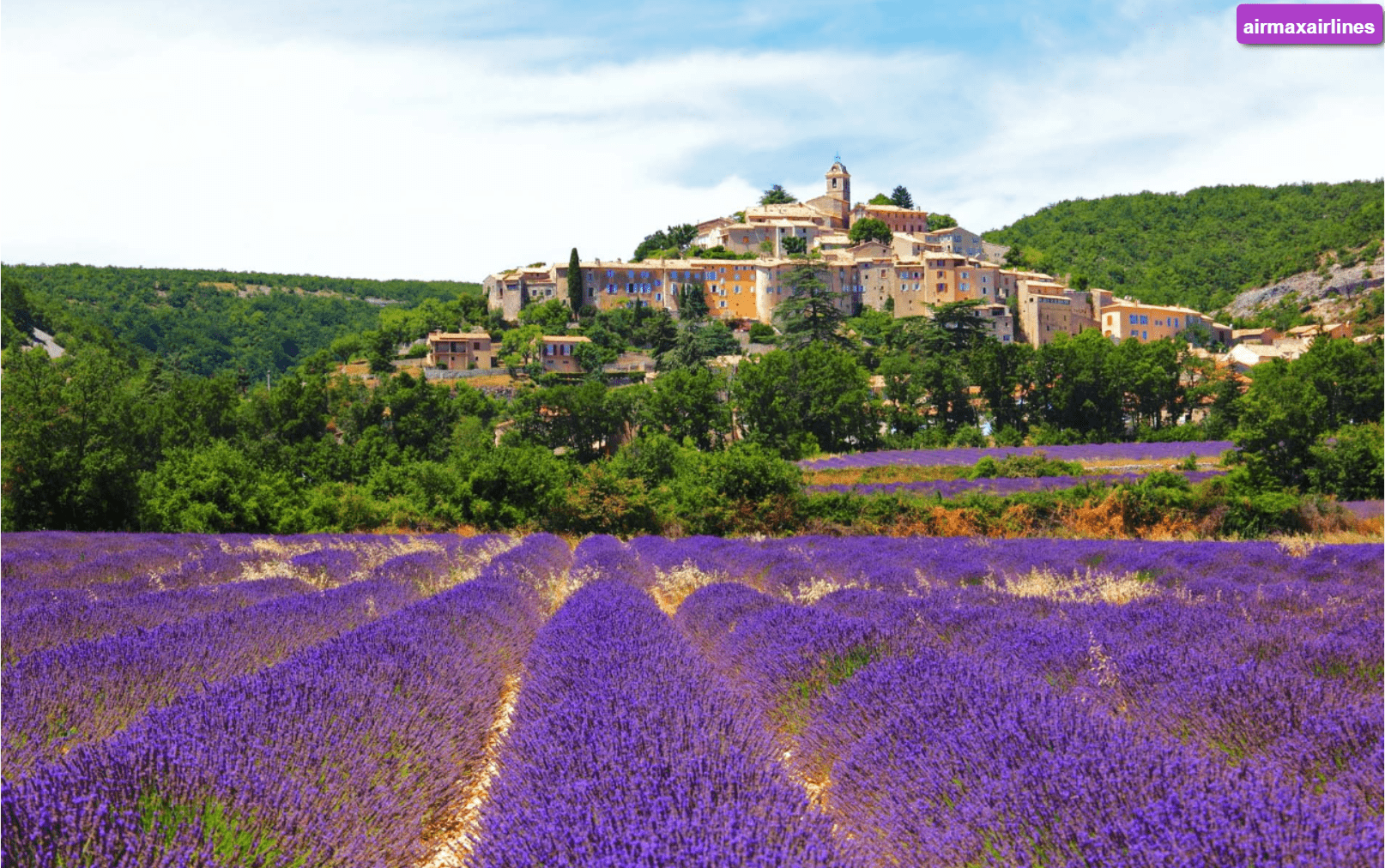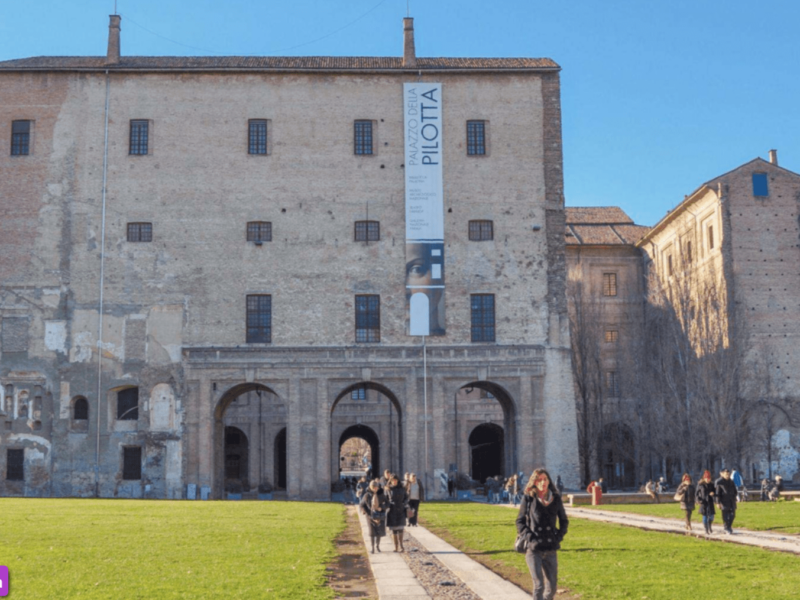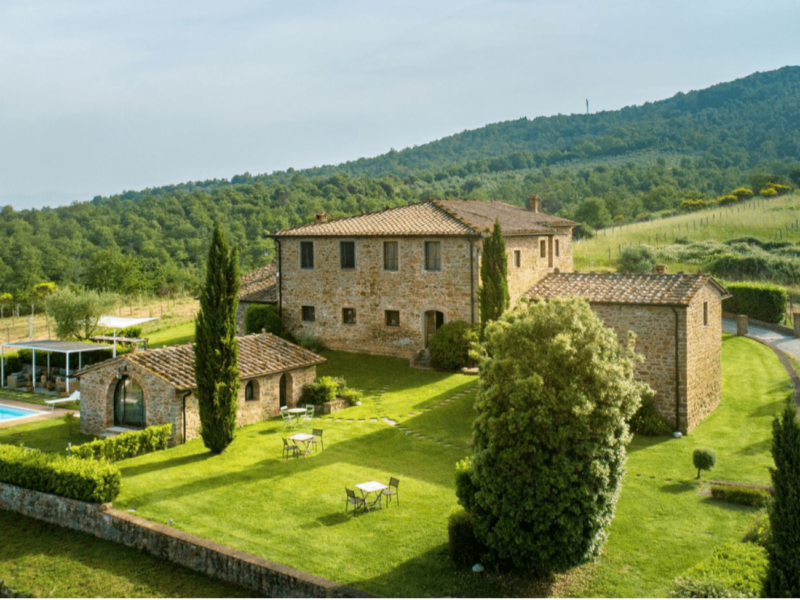Visiting Provence without exploring the lavender fields is unthinkable. While the Valensole Plateau is relatively accessible, pinpointing the perfect lavender field can be a challenge.
Before embarking on any journey, I always conduct thorough research—it fuels my excitement and anticipation. Our visit to the lavender fields was part of a 10-day road trip through France. I had made a list of must-see attractions, and the lavender fields of Valensole Plateau were high on that list. Despite missing out on planned hikes and plane tours over the Alps in Annecy, and spending more time than anticipated at the Palace of Versailles, I hoped that the lavender fields would be the highlight of our trip.
I envisioned expansive purple fields stretching to the horizon and the air filled with the delightful scent of lavender. I imagined myself as a model in a photo shoot, running through the fields in a flowing summer dress, my hair blowing in the wind while my husband patiently took countless photos to capture the perfect shot. Reflecting on that day always brings a smile to my face.
The Location of Lavender Fields in Provence
The lavender fields in France are situated in Provence, specifically on the Valensole Plateau, which spans over 800 km² and is adorned with stunning purple blooms. This plateau lies south of the Alpes-de-Haute-Provence and is near the Verdon Gorges, known as France’s Grand Canyon. Several picturesque villages are worth visiting on a day trip while exploring the lavender fields. Staying in Aix-en-Provence provides an excellent base for exploring Provence, the lavender fields, and the Gorges du Verdon. Aix-en-Provence is just 45 miles (70 km) from the fields, easily reachable by car or train from Paris or by flying into Marseilles.
How to Visit Lavender Fields on Valensole Plateau in Provence, France, and What to Expect
The main lavender fields in Provence are located around and to the north of Luberon, Aix-en-Provence, and Marseille, and east of Avignon.
I was incredibly excited to see the lavender fields and had high expectations. Finding accurate information about their exact location proved challenging. We programmed our GPS to Valensole and set out from Annecy, driving over the Alps. After a four-hour drive, including a brief stop in bad weather, arriving in Provence with sunshine was like a dream come true. Though we weren’t sure exactly where we would end up, I believed we would figure it out upon arrival, confident that we would find some fields given it was the peak blooming season.
Best Time to Visit Lavender Fields in France
The lavender fields in France typically bloom from June to August. The timing of the peak bloom can vary slightly each year due to weather conditions. Note that this period is both the hottest and most crowded. I recommend visiting just after the bloom begins, towards late June, or just before it ends, at the beginning of August.
Provence hosts several lavender festivals during the blooming season. Most are one-day events celebrating lavender with local products, traditional food, folk music, and arts & crafts.
Things to Do and Villages to Stay in Around Valensole Plateau
The Lavender Museum in Cabrières-d’Avignon (Le Musée de la Lavande) offers a range of lavender products in their shop. There are also numerous shops around the Valensole Plateau where you can buy lavender soaps and dried lavender.
In the village of Riez, a vibrant two-day Renaissance festival takes place every July, featuring traditional costumes, dancing, local markets, a ball, and various performances.
Visit the stunning Notre– Dame de Sénanque Abbey near Gordes, known for its remarkable architecture and the beautiful valley it resides in. The Abbey is closed on Sunday mornings and during special religious days but offers guided tours in French each week.
For a day trip to Valensole Plateau, consider staying in Aix-en-Provence, Avignon, or Marseille. Marseille Provence Airport is an international hub located 27 km northwest of Marseille, with rental cars available for exploring the region.
Gordes, with its cobbled streets and historic château, has inspired several renowned French artists and features highlights like the Pol Mara Museum and preserved ‘bories.’ The village also hosts a joyful summer music festival. Notre-Dame de Sénanque Abbey is located just outside the village.
Roussillon, famous for its vibrant ochre cliffs, has art galleries, studios, and excellent restaurants. It is one of the most renowned villages in the Luberon area.
Saint-Rémy-de-Provence, with its medieval walls, fountains, and ancient Arcs de Triomphe, is also notable for inspiring some of Van Gogh’s most celebrated works. Its ancient streets are lined with beautifully restored homes, fountains, squares, and boutique shops.
Sault, surrounded by extensive blue lavender fields and wheat fields, offers activities ranging from tasting local products to climbing Mont Ventoux.


